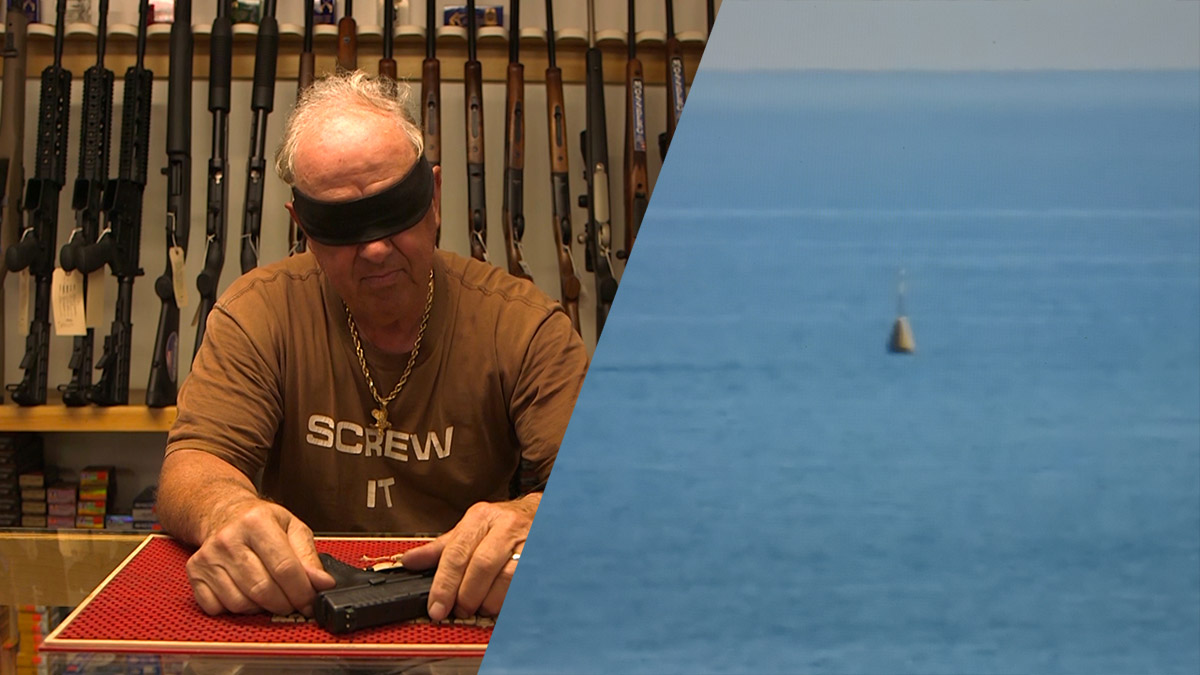Opening on Thursday, October 17, 2019 | 3:00pm at Agial Art Gallery
Exhibition dates: October 17, 2019 - November 30, 2019
Studies on movement by Ghida Hachicho
2018-2019, Video (5'16”), voice with captions (5'26”), ink drawings on paper, models
Studies on movement investigates the relation of movement to space, starting from the current disputes surrounding the Lebanese maritime boundary space. Maritime space here is marked as a differentiated set of points that can be plotted and controlled, a process of rationalization and abstraction that locates points on maps. Within that system, movement is no longer there, replaced by fixed relations in a simultaneous physical and abstract space. The project is a study in different parts to rethink the process of “construction” behind establishing fixed points at sea. The body becomes a departing point to build new choreographic narratives, where the movement initiated is that towards stillness.
Ghida Hachicho (b. 1989) is an artist, architect and dancer who lives and works in Beirut. She holds an MA in Performance from Goldsmiths, University of London, and a BFA in Architecture from the American University of Beirut. Through performance, installation, video and design, her work explores the performativity of space and its production, investigating the influence of knowledge and the imaginary on geography.
Schmitt, You and Me by Omar Mismar
2016-2017, Single-channel video projection (54’), mirror text sculpture, framed shooting target, AR15 rubbings on paper towel
In the town of Skowhegan, Maine, Omar Mismar frequented a local gun shop, hanging out with its owner Bruce and shop manager Bailey. The two eventually took their new friend to a shooting range, giving him a crash course on guns and aiming. In turn, Mismar asked Bruce and Bailey if they would read excerpts from Carl Schmitt’s seminal 1932 text, The Concept of the Political, where he identifies the political as boiling down to the distinction between friend and enemy, and the extreme case of conflict between the two, of going to war.
With and through them, the text finds temporary protagonists who find difficulty uttering Schmitt’s archaic language, but they nevertheless speak Schmitt’s intentionality. As the protagonists read and re-read Schmitt’s text, viewers sense the entrapment that Schmitt’s text creates for all of us today, a cul-de-sac that Bruce and Bailey admittedly encounter themselves. In the end, they are compelled to ask: Does Schmitt provide a solution to the friend-enemy-possibility-of-war concept?
Video edited with Rebecca Scheckman, Sound mixing by Sam Bair
Omar Mismar is an interdisciplinary artist based in Beirut. He holds an MFA in Fine Arts/Social Practice and an MA in Visual and Critical Studies from California College of the Arts, which he attended on a Fulbright scholarship. He partook in the Skowhegan School of Painting and Sculpture in 2016 and the Whitney Independent Study Program in 2017. He has participated in exhibitions in San José Museum of Art, San José (2018); Tabakalera, San Sebastian (2018)l; the MMAG Foundation, Amman (2018); and MoMA, New York (2018); among others. Mismar is Assistant Professor of Visual Arts at the American University in Beirut.
This event is part of Home Works 8: A Forum on Cultural Practices.
Images are courtesy of the artists.









